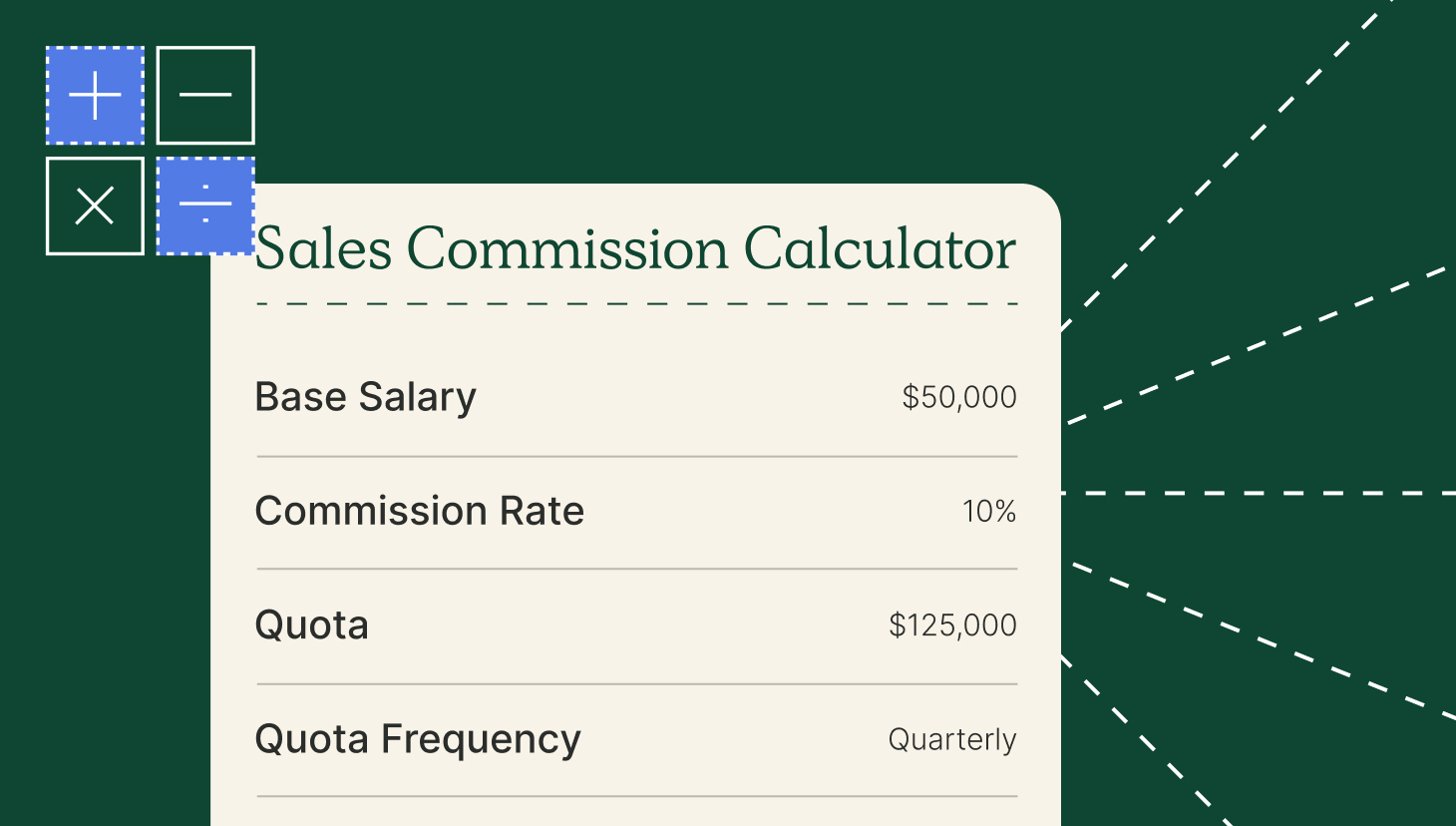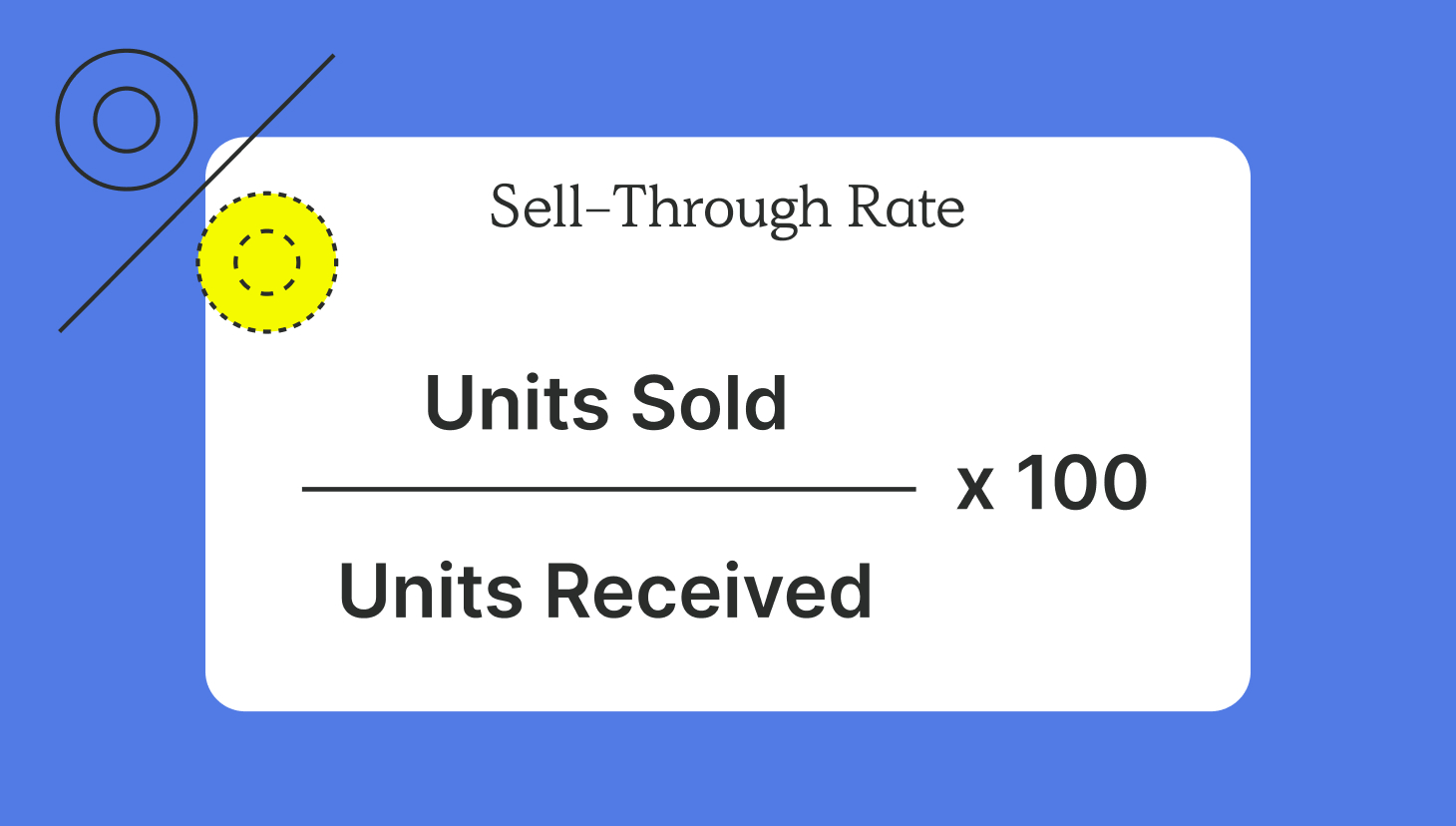So you’ve already set the sales quota for your sales reps.
You’ve scaled your sales team out with individual reps and they’re performing at a high level. But what’s the next step to keep the entire team performing?
In my experience, a way of keeping your team motivated and performing is to set a team goal — and all work together toward hitting it.
But how do you set this goal? There are a few different options.
Sum of quotas
This is the most basic of team goals.
Say you have 10 salespeople on your team, each with a $35,000 ARR monthly quota. Simple enough: you just add up all the quotas on your team and this is your team goal.
Pros:
- Easy to understand.
- It’s very easy to explain why that’s the goal to all your reps and your executive team.
- Incentivizes consistency.
- If you’re going to hit your goal every month, each person needs to hit their quota every month. This can cause the team to lift each other up.
Cons:
- Doesn’t encourage overperformance.
- If everyone hits their quota, you hit the goal. This encourages all team members to maintain the status quo.
- Requires consistency.
- All reps have to hit their number or for every underperformer you need an overperformer. This can be tough to manage month over month.
More than sum of quotas
This is the goal for the high performing team (the kind of team that’s willing to reach for the star). Instead of simply adding up all the quotas on the team, you add an extra dollar amount.
There’s more than one option here, too. I’ve seen teams do 110% of the team quota, act like they have an extra team member who needs to hit quota, or set a nice even number like $500k.
Pros:
- Encourages overperformance.
- If your team is going to hit this number, every member has to be firing on all cylinders.
- Higher sales.
- If you’re achieving this goal, you’re going to have higher sales than if you had a lower goal. Sounds simple — and it is. But teams bringing in more money are happier and treated better.
Cons:
- Can be discouraging.
- If you miss your goal 5 months in a row, it can really deflate your team. And if you have to lower your goal because it was set to high, that can be a hit to morale.
- Requires all team members to overperform.
- You’d better be very confident in your team if you’re going this route. Even one underperformer means you have a giant hole to dig out of.
Less than sum of quotas
Take the sum of your team’s quota and chop off some portion of it.
Whether it’s 90% of your total, or acting like you have 1 less member of your team, there are a few ways to reduce your team goal.
Pros:
- Easier to hit.
- I know, another no-brainer here. If your goal is lower, you’re more likely to meet that goal.
- Higher morale.
- Everyone loves winning and hitting goals. Hitting a goal gives your team a boost of confidence.
Cons:
- Doesn’t have the same feeling.
- Even I can dunk on a 6-foot rim. It’s just not impressive. The same can be said for lowering your target. If it’s comically low, people won’t get excited when they hit it.
- Missing is even more painful.
- Imagine if I tried to dunk on a 6-foot rim and failed, though. As a sales team, if you have a lowered goal and you still can’t hit it, there’s likely something else very wrong that needs to be addressed.
Choosing your path
Whichever direction you take your goal setting, make sure it’s articulated well to your team. Nothing is worse than a goal that is not well laid out or explained.
Finally, make sure you have a reward for the team hitting this goal. It could be something like a company shout out, a monetary reward, or (my favorite) a group activity like a happy hour or boating trip. Your team goal should motivate on top of the way you recognize and compensate individual reps for hitting quota.



